Steps to Advanced Scab Care Post LaserStep 1: Mechanical Protection Prevention of further mechanical damage. Avoidance of hot water, abrasives, microbeads, rough towels, mechanical friction, picking over the scab This is pertinent to allow your raw skin to heal up well. Additional trauma can result in unintended damge and may even cause scarring! Step 2: Moisturisation Be generous with moisturisation. Moisturise every hour for the first 48 hours post treatment and scale it down to 5x a day for 5 more days thereafter. Moisturisation is key to give sufficient moisture for skin to soak up and heal as it is usually dry post treatment. Use of RAI Post Laser Intensive Recovery Serum before your moisturiser is highly recommended for decreasing inflammation and decreased risk of PIH. Step 3: UV Protection Use an umbrella for 1 month post laser treatment whenever going out. Sun block is typically applied in insufficient quantities by almost everyone! If you are diligent in applying 3 x 50 cent coin worth of sun block over the face every 80 minutes, then you will be getting the intended SPF 50 as stated on the sunblock. Sun block can typically be applied 48 hours post laser treatment. If you are sitting next to a window, try to shift your daily activities to be away from the window where UV-A easily penetrates. UV-A makes up 95% of UV rays from the sun and gives an insidious insult to our skin, especially when it is healing. UV exposure can lead to PIH which will compromise the intended laser results. Step 4: Treating Unintended Pigment Formation Let your doctor know early if this occurs and treatment can be instituted to reverse unintended pigment formation. Risk of this developing can be decreased with RAI Post Laser Intensive Recovery Serum and with proper care, this can be avoided. *Dr Sin Yong is a regular user of Time Freeze Resurfacing Laser for scar treatments and papules/ moles removal. He also employs Nd YAG and vascular lasers in his practice to target pigments and vascular lesions respectively. A proper diagnosis of your skin condition by your treating doctor will form the basis for great results. Seek out the ideal laser for your skin condition before commencing any laser treatment! Always enquire if your treating doctor has specialised lasers for your skin condition rather than using a suboptimal laser setting for you skin!
0 Comments
Yet, in certain circumstances, one may desire for them to be removed. How do we achieve it? The answer is using photoacoustic laser tattoo removal! Steps to Photoacoustic Tattoo Removal(1) Evaluation of Tattoo This is crucial and will determine how many sessions it may take to clear up the tattoo. Factors that influence the resultant number of sessions include (A) Your Skin Color (B) Location of The Tattoo (C) Color Pigments of The Tattoo (D) Amount of Ink In The Tattoo (E) Any Scarring or Layering Involved (2) Photoacoustic Laser Removal Treatment This involves the practitioner using an optimal power to treat the tattoos. An optimal power will result in fewer sessions rather than always treating at a suboptimal power. (3) Post Treatment Care Blisters, bleeding, redness, swelling, scabbing are common from treatment and the key is to manage them properly. Usually, these can take between 5 - 14 days to recover depending on your skin. I recommend using an antibiotic ointment from your doctor, twice a day across the areas affected. As with any laser, treatment at optimal power requires optimal recovery. Usage of RAI Post Laser Intensive Recovery Serum is recommended to achieve the optimal recovery with minimisation of side effects. (4) Repeat Sessions These will be conducted at one month intervals as the skin takes time to clear off the fragmented pigments. *With any treatment, a careful evaluation and diagnosis allows us to outlay a proper treatment plan to target your concern effectively. Always ask your doctor for a diagnosis and clear treatment plan.
Is there a way to treat PIH effectively? The answer to it is to use a combination of treatments. Steps To Resolving PIH(1) Removal of triggers to inflammation This can be as simple as putting a stop to scratching the affected area. Minimising inflammation to the area prevents the area from progression to more areas which can develop PIH. (2) Sun protection and sun avoidance Avoidance of excessive UV lights helps in preventing the production of more pigments. Regular use of susn block in recommended. (3) Laser Therapy A combination of both the Pigment Removal Laser and the R2 Glow Laser is crucial to target both pigments and underlying inflammation, reaching a optimum speed of improvement for the areas of PIH affected. (4) Post laser care Usage of skin lightening agents can be employed. The best choice will be the use of one that calms the inflammed areas down and decrease the production of pigments at the same time. I recommend RAI Post Laser Intensive Recovery Serum. ** The diagnosis is always critical when evaluating any form of pigmentation in the skin, before subjecting it to any treatment. Make certain to arrive at a diagnosis with your doctor before commencing any form of treatment!
What can we do to control it? The answer lies in understanding Melasma, arresting the aggravating factors, then rebalancing the skin profile! Arresting The Aggravating Factors Avoid UV radiation Use of broad spectrum sunscreen can achieve up to 26% improvement as early as 3 months. Regular application of broad spectrum sun block can reduce melasma incidence by up to 90% and decrease its intensity by 50%. Hormones Increase in pregnancy hormones or use of oral contraceptives can trigger melasma. Avoid over-exposure to heat Professions such as bakers who are exposed to oven can have aggravation. Avoid exposure to high light intensities Professions such as dentists are more resistant to treatment of melasma. Visible light can induce hyperpigmentation via opsin 3 which is a specific sensor in melasma. Sunscreens containing iron oxide confer protection against these visible light of shorter wavelengths. Avoid use of photosensitizing cosmetics Found in a range of cosmetics where they can aggravate melasma. **Reproduced with permission from RAI Aesthetics. Rebalancing The Skin Profile
The key here is to select treatments that are sustainable in the long term with minimal side effects. Use of Skin Lightening Agents I recommend RAI Post Laser Intensive Recovery Serum for a few reasons: (1) Herbal extract with skin lightening components. (2) Calms down inflammation in skin which is associated with Melasma. (3) Zero risk of exogenous ochronosis *a permanent darkening that occurs with prolonged use of certain skin lightening agents such as hydroquinone. (4) Improvement in overall skin profile, texture and quality. Use of R2 Laser (1) Targets underlying inflammation implicated in melasma. (2) Helps to balance and normalise the production of pigments rapidly. (3) Disperses areas of concentrated pigmentation. Other Modalities Involving chemical peels, growth factors can be considered on a case by case basis. On a personal note, I do not advocate oral medications for long term management of melasma. Enquire with your doctor today to find out what is the best way to control your melasma and restore clear even skin tone! |
�
DR SY BlogExplore your aesthetic journey with Dr Sin Yong. Experience the journey of beauty together! Archives
March 2021
Categories
All
|
|
|
|
*This website blog is purely for educational purposes for the general public and other doctors.
The opinions expressed are not representative of any clinic or company. Email: [email protected] Phone: +65 8023 7170 |
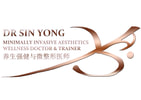
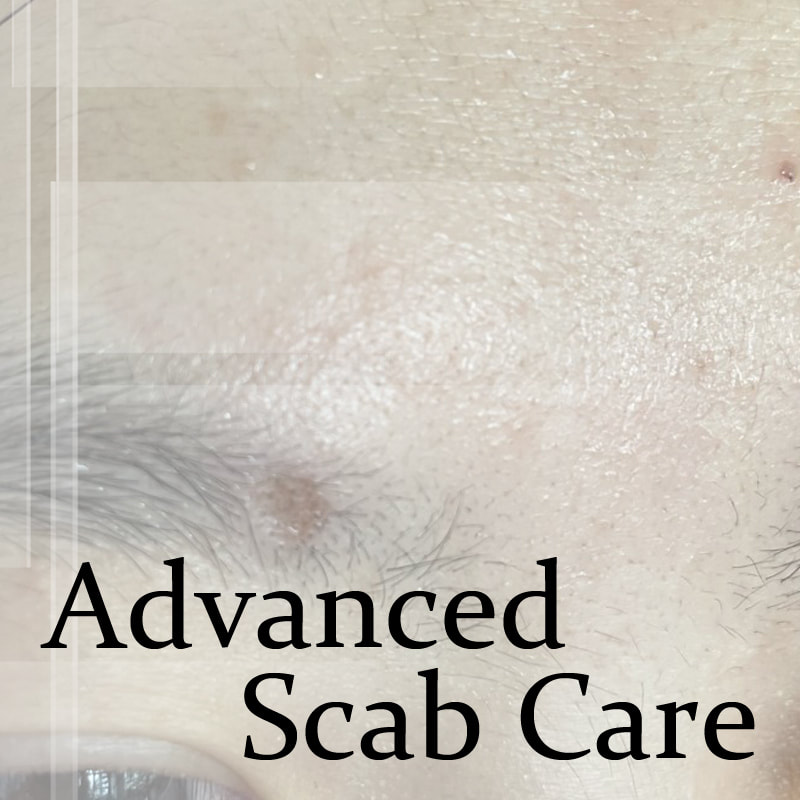
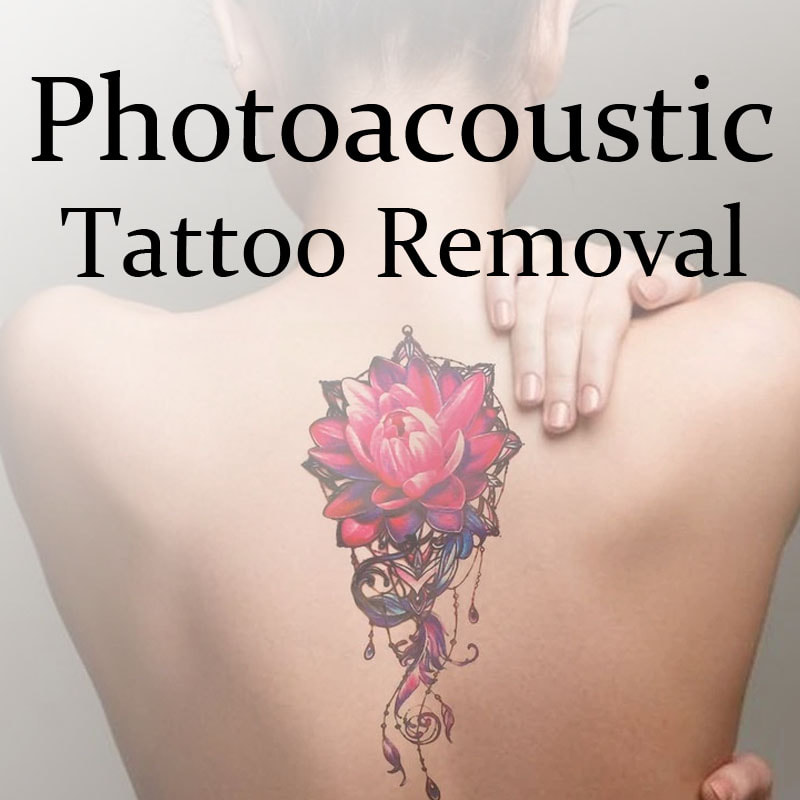
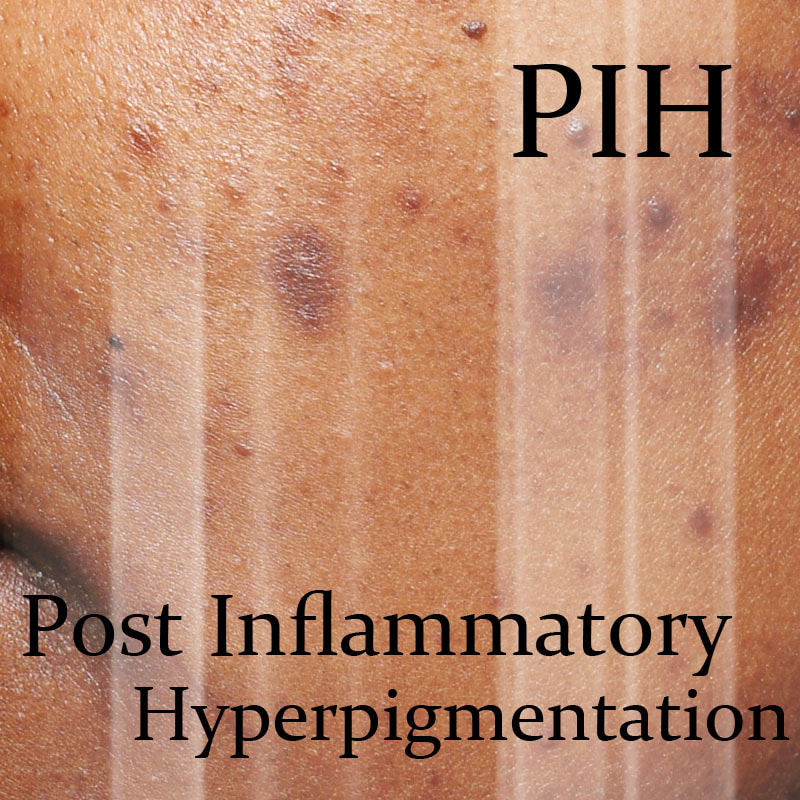
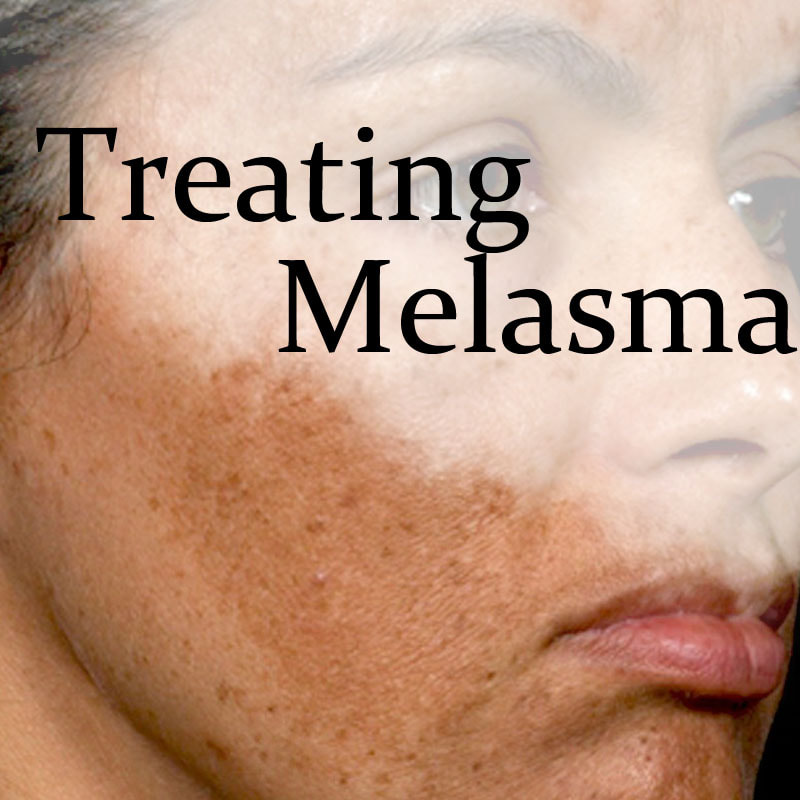
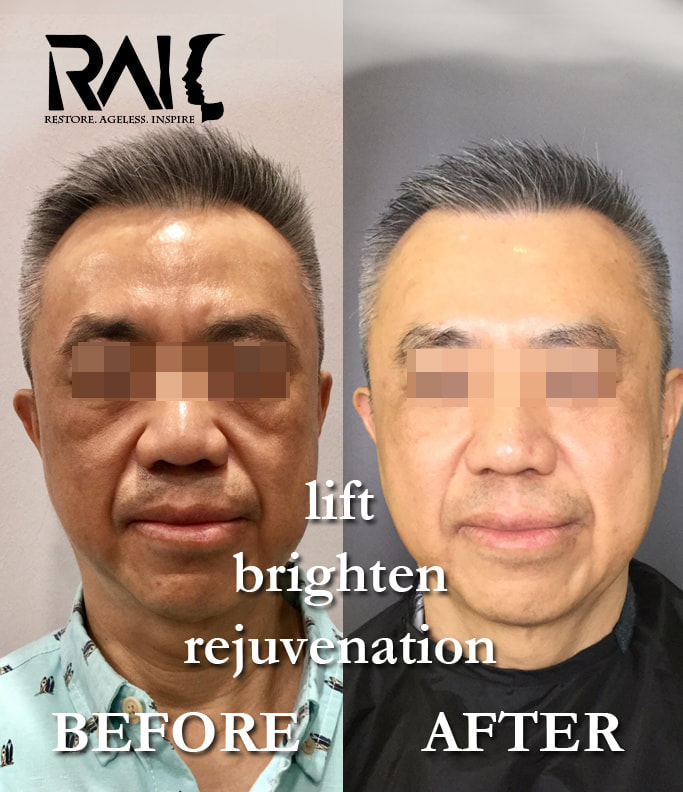
 RSS Feed
RSS Feed